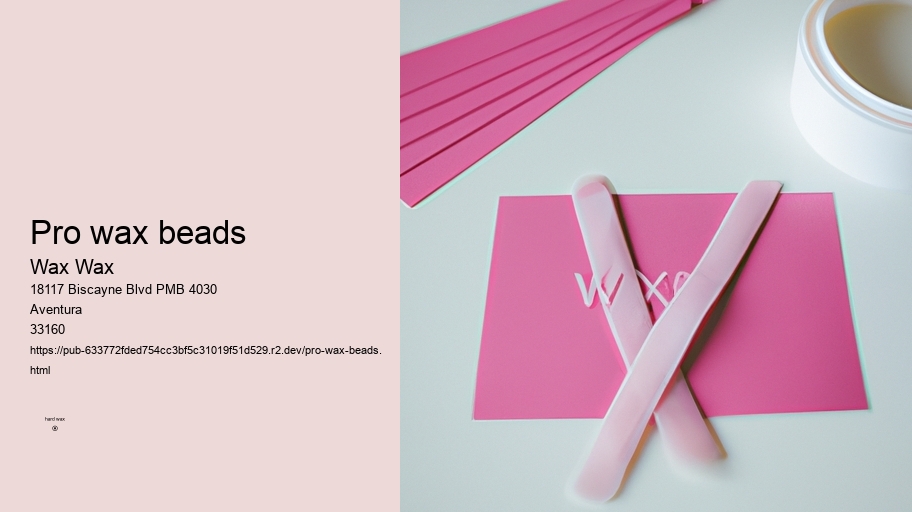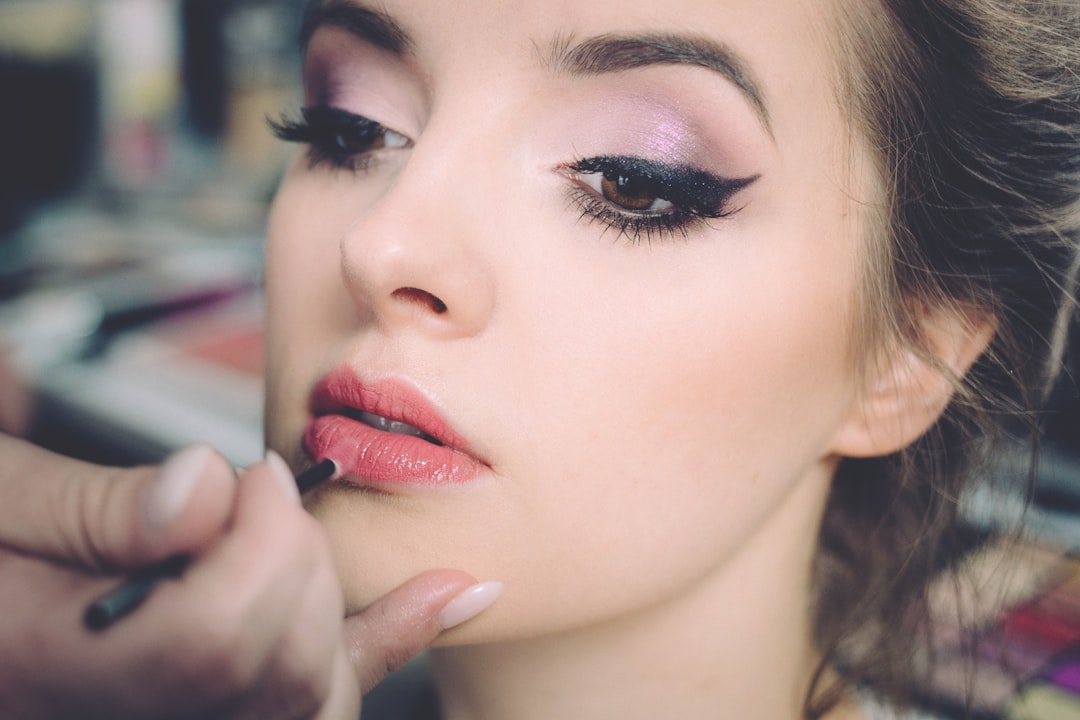

[ edit ]
Not properly preparing the skin before waxing can lead to a painful and ineffective hair removal experience. It is essential to take the time to properly prep your skin in order to achieve the best results.
Waxing is a form of semi-permanent hair removal that involves applying a sticky substance, such as wax, to the skin and pulling out the hair from the follicle. This method dates back to ancient civilizations, where various natural substances were used for hair removal.
Get the best hard wax products from Wax Wax.Aftercare and maintenance tips
Waxing is a form of semi-permanent hair removal that involves applying a sticky substance, such as wax, to adhere to body hair and then removing this covering to pull out the hair from the follicle. New hair will not grow back in the waxed area for four to six weeks. Waxing can be done on various parts of the body, including eyebrows, face, legs, arms, back, abdomen, chest, and feet. There are different types of waxing methods available, such as strip waxing (soft wax) and stripless wax (hard wax and film wax). While waxing is an effective method for removing hair in large amounts at once and provides long-lasting results compared to shaving or using depilatory creams, it can also be painful and expensive. Some people may experience ingrown hairs or skin irritation after waxing.
Historical facts about waxing
The modern practice of waxing has evolved over time, with different techniques and types of wax available. Strip waxing, which uses a thin layer of wax applied to the skin and removed with a cloth or paper strip, is one common method. hard wac Another method is stripless waxing, where hard or film wax is applied directly to the skin and removed without the use of strips.
Myth: Waxing causes ingrown hairs
4. Can I trim my hair if it is too long before getting waxed?
What is waxing
Importance of exfoliating before waxing to ensure a smoother and more effective hair removal process
In effect this means that by avoiding waxing over the same area multiple times, you can achieve a smoother waxing experience with minimal irritation and better results overall!
pearl bead waxDo's:
During the consultation, your esthetician will assess the condition of your skin and hair to determine the best type of wax for your unique needs. They will also discuss any potential allergies or sensitivities you may have to certain products. This information will help them choose the most suitable wax and ensure a safe and effective treatment for you. Be sure to ask any questions or express any concerns during this time to ensure a positive experience!
Waxing can be done on various parts of the body, including eyebrows, face, legs, arms, and intimate areas. It offers long-lasting results compared to shaving or depilatory creams because it removes hair from the root. However, some people may experience pain during waxing, especially in sensitive areas.

To put it short, proper preparation of the skin before waxing is crucial for a successful DIY waxing session at home. By exfoliating and cleansing your skin beforehand, you can ensure a more comfortable and effective hair removal experience.
Soft waxes are gentle on the skin, making them ideal for use on sensitive areas such as the face, bikini line, and underarms. The soft texture of these waxes helps minimize irritation and redness, resulting in a more comfortable waxing experience for individuals with delicate skin.
Both aloe vera gel and tea tree oil can be used together for maximum benefit post-wax. Simply alternate between applying the two products throughout the day to keep your skin smooth, hydrated, and free from irritation. Remember to continue using these soothing products regularly between waxing sessions to maintain healthy and radiant skin!
How to Choose the Right Type of Wax for Your Skin Type
How Often Should You Get Waxed?
Waxing is a form of semi-permanent hair removal that involves applying a sticky substance, such as wax, to adhere to body hair and then removing this covering to pull out the hair from the follicle. New hair will not grow back in the waxed area for four to six weeks. Waxing can be done on various parts of the body, including eyebrows, face, legs, arms, back, abdomen, chest, and feet. There are different types of waxing methods available, such as strip waxing (soft wax) and stripless wax (hard wax and film wax). While waxing is an effective method for removing hair in large amounts at once and provides long-lasting results compared to shaving or using depilatory creams, it can also be painful and expensive. Some people may experience ingrown hairs or skin irritation after waxing.